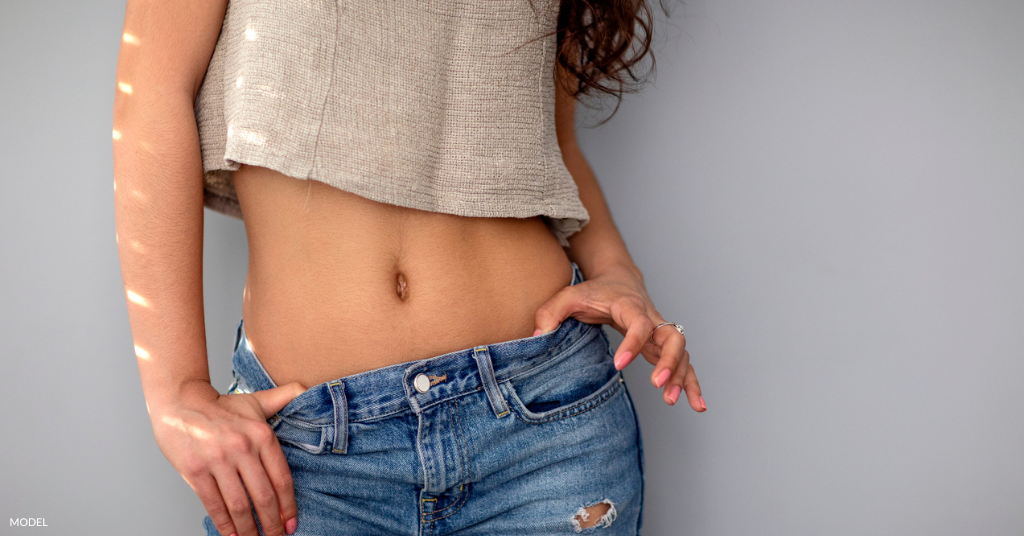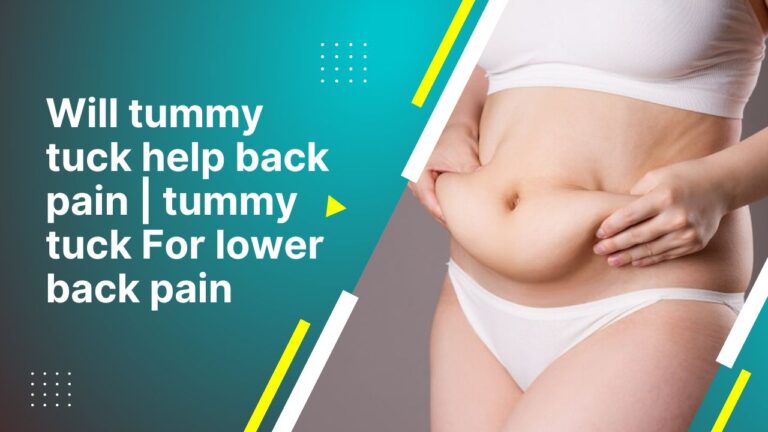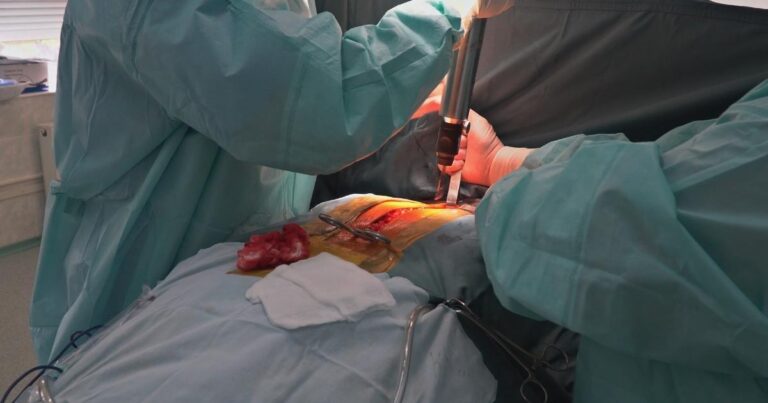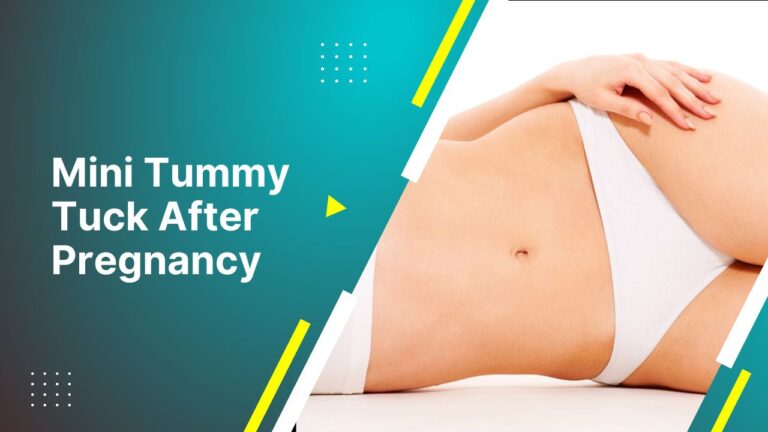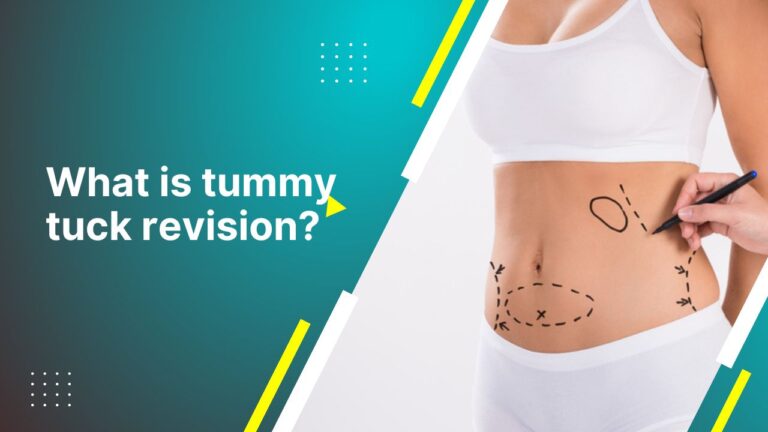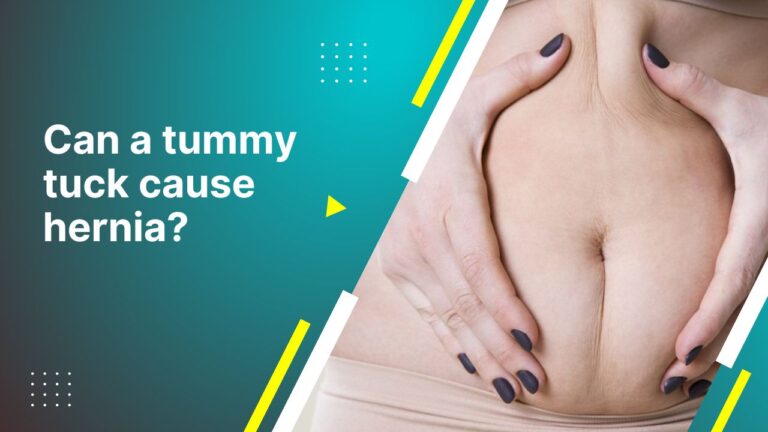Opting for a tummy tuck (abdominoplasty) is a significant decision for those seeking a flatter and more toned abdomen. This procedure involves the removal of excess skin and fat, coupled with the tightening of separated abdominal muscles. A crucial aspect of this process is the tummy tuck incision techniques, which play a pivotal role in determining the visibility of scars and the extent to which the abdomen can be reshaped and tightened.
Understanding the incision placement is, therefore, essential in planning for a tummy tuck, as it influences both the aesthetic and functional outcomes of the surgery.
Low Transverse Incision
This tummy tuck incision technique places the incision very low on the abdomen, just above the pubic area. The scar can often be hidden by underwear or a bikini bottom. However, the tradeoff is that only skin below the belly button can be removed. Muscle tightening may also be limited.
Pros
Cons
| Low Transverse Tummy Tuck | Description |
| Best For | Patients with mild laxity looking to conceal scars |
| Incision Placement | Very low, above the pubic area |
| Visibility of Scar | Hidden by underwear/bathing suits |
| Skin Removal | Only below the belly button |
| Muscle Tightening | Limited ability |
| Belly Button Appearance | May appear unusual |
Classic Tummy Tuck Incision
This standard tummy tuck incision runs horizontally between the hip bones, slightly below the bikini line. Skin and fat above and below the belly button can be removed. The abdominal muscles are tightened from the rib cage to the pubic bone for a flatter stomach.
Book A Consultation With Dr Tarek Bayazid
Top-rated Plastic Surgeon For Tummy Tuck in Dubai
Installment Plan Available
Pros
Cons
| Classic Tummy Tuck | Description |
| Best For | Patients with moderate-severe laxity seeking maximal reshaping |
| Incision Placement | Between hip bones, low bikini line |
| Visibility of Scar | May show with low-rise pants/bottoms |
| Skin Removal | Above and below the belly button |
| Muscle Tightening | Full tightening rib cage to pubic bone |
| Belly Button Appearance | Repositioned for a natural result |
High Transverse Incision
A less common tummy tuck incision technique that places the incision very high, underneath the breasts. This allows extensive skin removal and muscle tightening while keeping the scar concealed even with a bikini. However, belly button repositioning is very limited.
Pros
Cons
| High Transverse Tummy Tuck | Description |
| Best For | Patients are very concerned about scar visibility |
| Incision Placement | High underneath breasts |
| Visibility of Scar | Hidden by most clothing |
| Skin Removal | From ribcage past the belly button |
| Muscle Tightening | Complete tightening |
| Belly Button Appearance | Very limited repositioning |
Circumferential Incision (Belt Lipectomy)
The circumferential incision completely circles the waist to remove loose, hanging skin and fat. This enables maximum reshaping of the stomach, waistline, and back. The tradeoff is a visible scar around the midriff.
Pros
Cons
| Circumferential Tummy Tuck | Description |
| Best For | Patients with extensive fat/skin laxity of the stomach and back |
| Incision Placement | Around entire midsection |
| Visibility of Scar | Scar wraps around the midriff |
| Skin Removal | Complete circumference |
| Muscle Tightening | Full tightening |
| Belly Button Appearance | Repositioned |
Floating Belly Button Technique
Instead of repositioning the belly button during a standard tummy tuck, the floating belly button technique leaves the belly button attached solely to the abdominal skin. This prevents the common issues inherent in repositioning the belly button, giving a more natural shape and appearance. It does require careful planning by the surgeon.
Pros
Cons
Other Considerations for Incision Choice
Factors like degree of muscle laxity, excess skin, personal scar preferences, lifestyle considerations, and surgeon expertise also impact the ideal incision choice. Have an in-depth discussion with your plastic surgeon about the options to determine the best incision placement and technique to achieve your goals.
Choosing the ideal tummy tuck incision techniques for your specific needs and goals involves weighing factors like desired results, concealability of scars, and extent of surgery and recovery time. Consulting with experienced board-certified plastic surgeons provides the expertise to match your unique anatomy and objectives with the optimal surgical approach.
Book a Consultation with Dr Tarek Bayazid, the Best Plastic Surgeon in Dubai, to determine the optimal tummy tuck technique for your cosmetic goals.
FAQs About Tummy Tuck Incisions
What is the least visible tummy tuck scar?
The lowest transverse incision leaves the least visible scar, easily hidden by underwear. A high transverse incision can also conceal scars from most clothing.
Can a tummy tuck remove stretch marks?
Yes, a full tummy tuck removes stretch marks located below the belly button and on the lower abdomen during surgery. Stretch marks around the belly button or above it cannot be removed.
How long does it take for my tummy tuck scar to fade?
It takes 9-12 months on average for the redness of the incision to subside and the scar to soften and lighten. Final fading occurs over 1-2 years. Using scar treatment products can encourage faster, more effective healing.
How painful is a tummy tuck scar?
There is mild discomfort and tightness along the incision during initial healing in the first few weeks. Numbness lasting 6+ months is common. The final scar itself is not painful, though the skin may feel tight.
Can a tummy tuck scar be removed?
In some cases, surgical scar revision can minimise the appearance of a tummy tuck scar. Specialised dermatological treatments like laser therapy can also reduce scar texture and discolouration over time. Avoiding sun exposure helps scars fade better.
